New Delhi: A group of people marched up and down the main drag of GK2’s M Block. Their question was a hot mess. “Somewhere, Nowhere. Where is it?” they asked.
They finally found the unmarked entrance. A flight of stairs next to a Japanese restaurant led them to a lift, which took them to the third floor—into a dimly lit vinyl record and cigar shop. Beyond its walls was Delhi’s newest speakeasy—Somewhere, Nowhere, or just SONO.
Candles flickered in the hidden bar, which seats no more than 30 people. Guests sipped on cocktails like ‘Picaname’ (a concoction of Sakura, Scotch, jalapeno, smoky malt, and a Japanese spice mix) and ‘Weird Sushi’ (nori vodka, lime, brine, watermelon, and whatnot). Sade’s Smooth Operator played in the background, cutting through the murmurs of guests making sense of their complex cocktails and noshing on Japanese-influenced nibbles.
“We hide, you seek,” said Vinny Pahuja, the man behind SONO. “It’s all in the experience. That’s what differentiates a speakeasy from a bar.” There is no signage, no promotional activity—not even a poster announcing its presence.
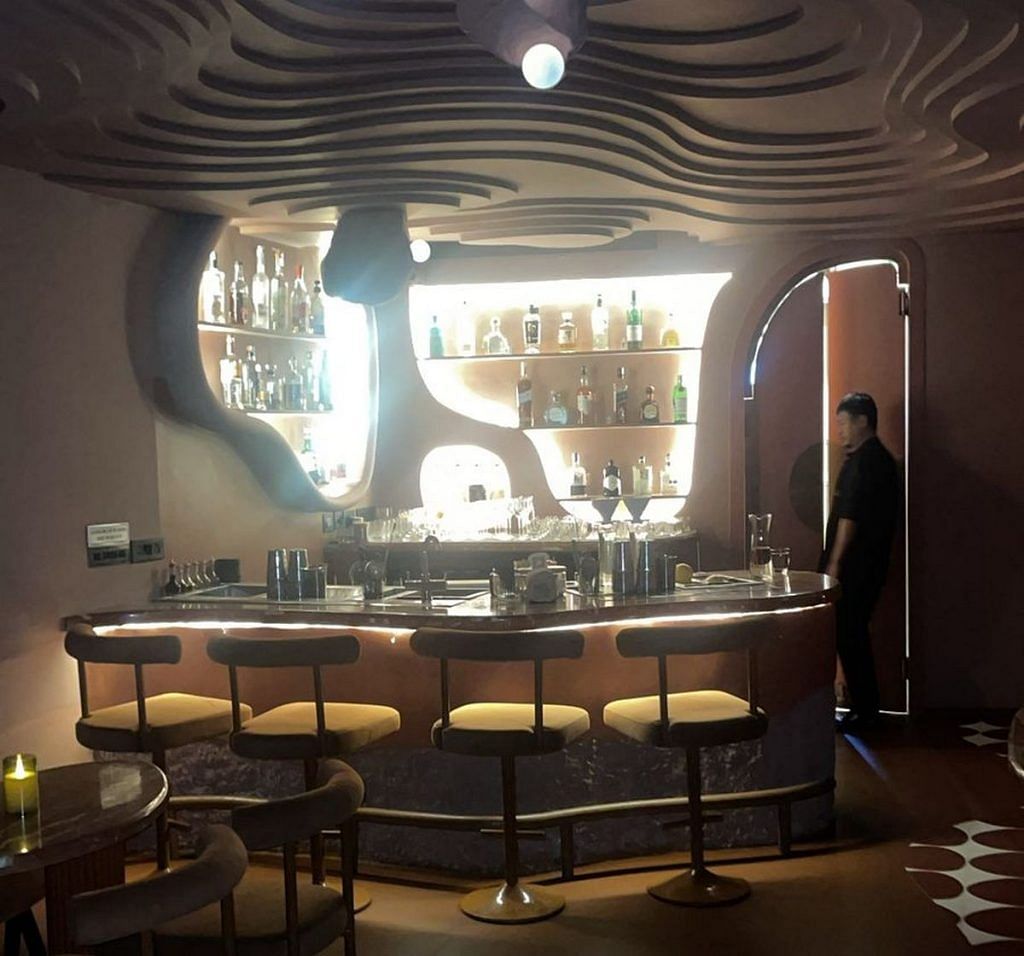
Having opened six months ago, SONO joins the ranks of Delhi-NCR’s new speakeasies, including Margaret’s Eye in Vasant Vihar, which opened its doors in January, and The Backyard in Punjabi Bagh, which launched in 2023. Its entrance is through a grocery store. Along with established speakeasies like Cocktails & Dreams in Gurugram, Pass Code and Hoots’ in Vasant Vihar, they are quietly reshaping the city’s cocktail culture.
Delhi’s history is far removed from America’s Prohibition Era of the 1920s, which saw the birth of hidden bars in laundromats, garages, and basements. Today, alcohol is abundant in both Delhi and New York City. Bars are bursting with revellers. Secrecy is moot. But restaurateurs like Pahuja have embraced the speakeasy culture. They’re trading on exclusivity, anonymity, and creativity.
“To run any F&B space, you need a USP. The term speakeasy itself is a USP,” said Nitin Tewari, beverage consultant. From the business perspective it helps that traditional speakeasies are small. “If the square-foot is small, rent rates and operating costs are lower. It’s quicker to break even.”
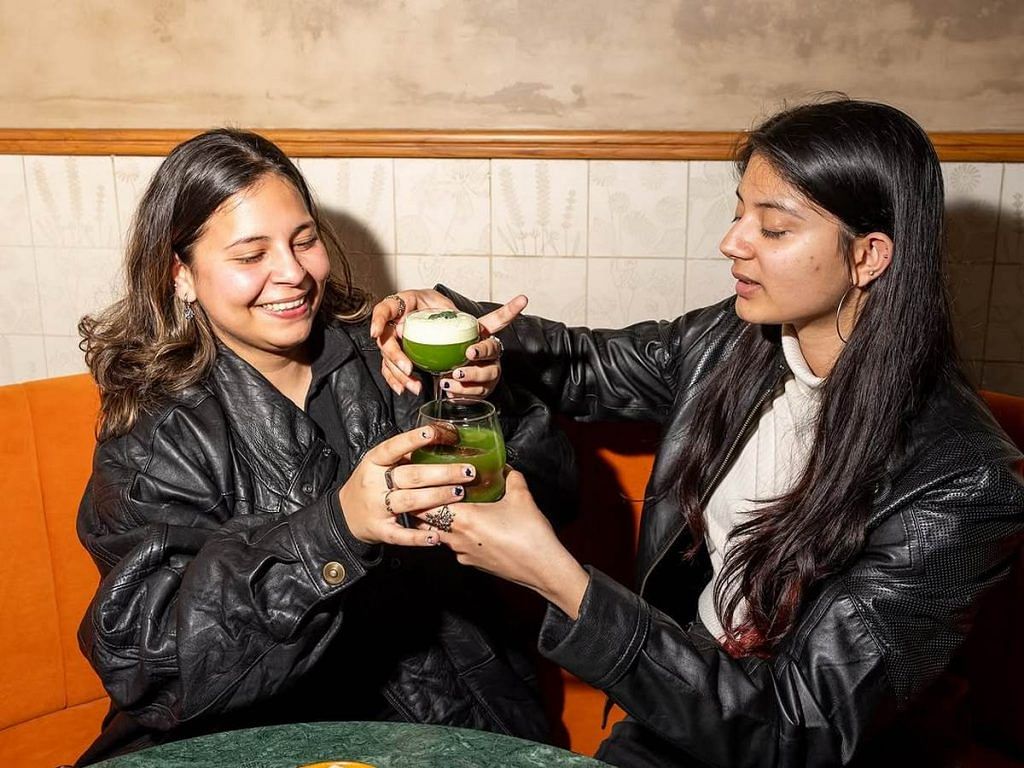
These bars—tucked away in cafes, theatres, and vinyl stores—are the antithesis of Delhi’s unapologetically brash and bold bar culture. The food, while eclectic, is secondary. The spotlight is on the cocktails. The speakeasies rely on word-of-mouth and quiet promotion to sell the experience. Knowing the “right” place, the secret entrance, and the correct password is the currency. In return, they offer guests bragging rights. In a city obsessed with status and show-off culture, nothing says ‘elite’ like drinking where few can enter.
They are also redefining Delhi’s nascent but growing cocktail scene, introducing sophisticated, experimental mixology to well-travelled clients who know a dirty martini from a negroni.
“That being said, there’s still a long way to go compared to New York,” said Pahuja, who spent much of his life there.
Also Read: Ice keeps cocktails tasty. No, bartenders don’t use it to skimp on alcohol
Speakeasy within a speakeasy
Nitin Bhatnagar always took his dates to Perch Wine and Coffee in Vasant Vihar. That is, until one evening, when his date threw him a curveball. “Do you know about the hidden speakeasy on the first floor?” she asked.
Bhatnagar, a tech business consultant from GK II, was flummoxed.
“I thought she was just messing with me, so I confidently led her up to what I always thought was Perch’s second level,” he recalled. They had barely made it halfway up the stairs when she pointed to an obscure door. “I told her, ‘Don’t open random doors, they’ll toss us out!’ But before I could finish my sentence, the door swung open—and I was speechless.”
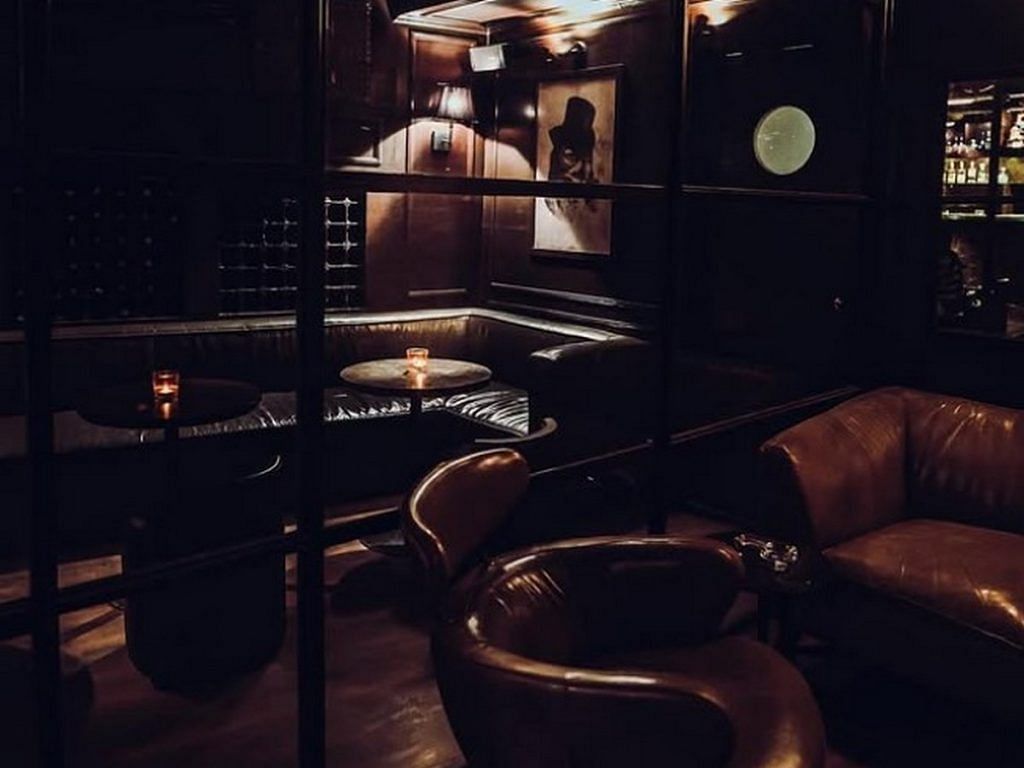
After years of dates at Perch, he had discovered Hoots’—a secret bar within the restaurant that oozed exclusivity and intimacy. It was calm and dimly lit, except for the spotlight on the bartender. Each of the 25 cocktails on the menu is a performance, and they’re all paired with cigars and cheese platters. It’s where Delhi’s elite gather to appreciate quiet luxury, fine spirits, and privacy. Nobody is taking selfies. Conversations are muted. These unwritten rules are always followed.
“The Perch building is like a family tree. Mr Robert Hoots, a fictional owl, lives in a hole on the first floor, and Hoots’ represents that space,” said co-founder Sandeep Bishnoy.
Hoots’ opened its doors in 2016 and has since built a reputation for its signature cocktails, each priced at Rs 845. Bishnoy has created an elaborate story around his speakeasy: Robert Hoots, his father William, and his grandfather Albert. And so, the menu pays homage to three generations of mixology, each reflecting a different era of cocktail craftsmanship.
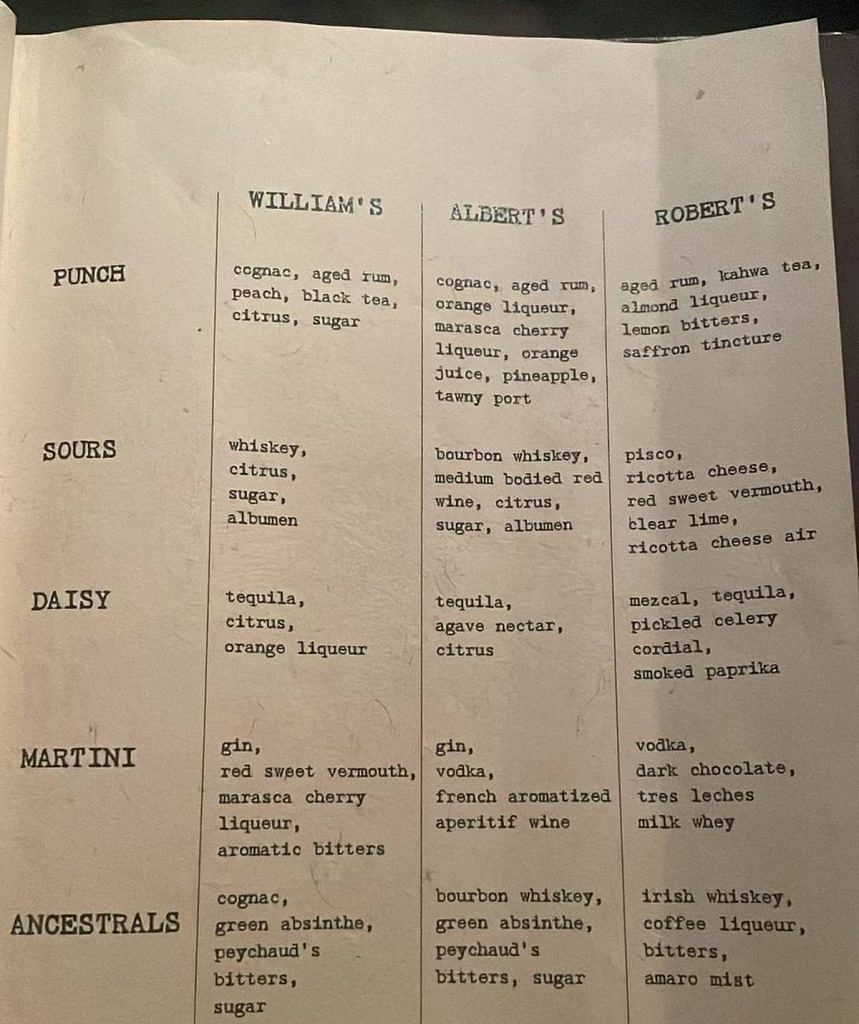
William’s section leans into Prohibition-era classic variations of sours, punches, and martinis. He keeps it simple and traditional. Albert brings in modern elegance, and Robert experiments with progressive, technique-driven mixology, replacing whiskey with pisco, a grape brandy, in his sour.
“I love Robert’s Sour—it’s made with pisco, ricotta cheese, red sweet vermouth, clear lime, and ricotta cheese air,” said Prajay Dhanjani, a 27-year-old F&B consultant. His father, however, remains loyal to Albert’ Classic Sour with whiskey, citrus, sugar, and albumen.
But Perch’s secrets don’t end there. There is another hidden passage—an unmarked gate near Hoots’ that opens to a staircase leading into Margaret’s Eye. It’s all part of Bishnoy’s story-building.
Margaret, the fictional sister of Robert Hoots, is the wild, well-travelled, and rebellious counterpart to her reserved brother. Her space—Margaret’s Eye—is just as unconventional.
This all-women-run bar takes mixology in a surprising direction: vegetables.
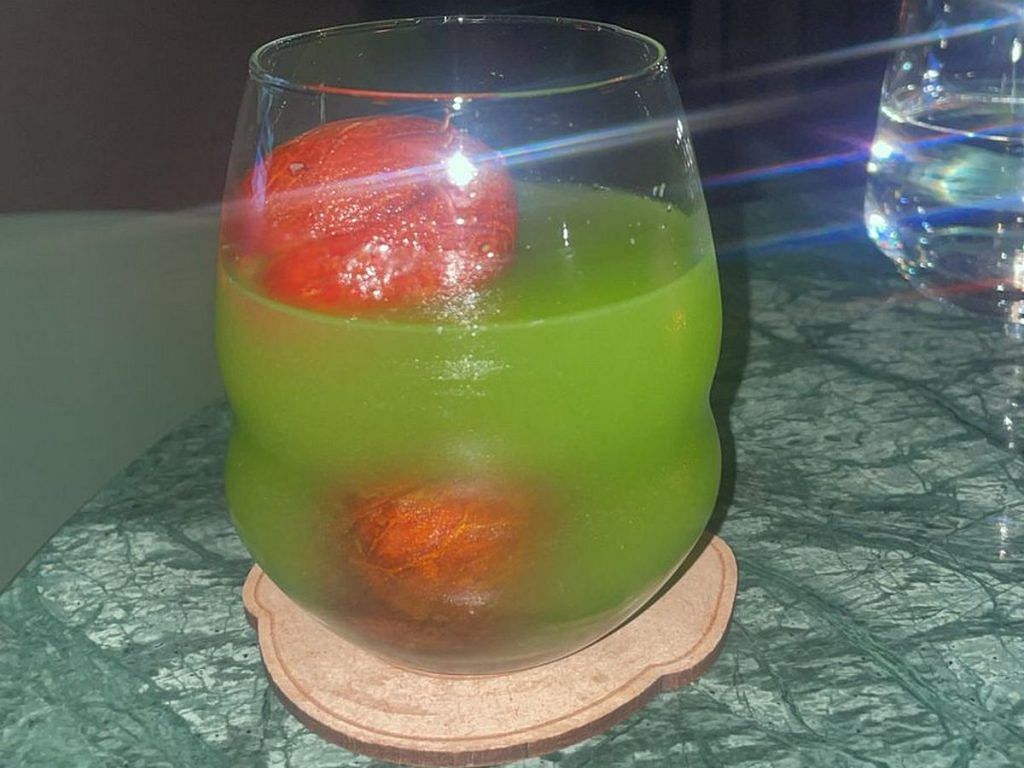
“We call it the vegetable tikki cocktail program, meaning every cocktail has a vegetable in it,” said Praveen Bhatia, general manager, Perch Wine & Cafe bar.
Where Bloody Marys were once the only savoury option in Delhi bars, even baingan, kale, and carrot are making it to the cocktail shaker at Margaret’s Eye.
“Our cocktails combine vegetables and fruits, designed to challenge the palate and make the experience more enjoyable for our customers,” said Bhatia.
A prime example is their ‘Badinjan’—a cocktail made with pisco, aubergine, chickpea, lime, and pomegranate. It’s the bar’s top seller.
“It has the essence of hummus and baba ganoush, and people can’t get enough of it—it’s flying off the shelves,” said Bhatia. “Sweet cocktails are easier to master. Bartenders can always balance the acidity with lime. But savoury cocktails are tricky.”
And that is the USP of Margaret’s Eye—a fine balance of sabzi and spirits.
In love with Uncle Sam
Before Margaret’s Eye and SONO, two speakeasies set the bar for NCR–Pass Code in Vasant Vihar and Cocktails & Dreams Speakeasy in Gurugram Sector 15. Both took on cities where whiskey reigned supreme and cocktails were for women who lunch.
The cocktail menu at C&D, unchanged for 13 years, features a collection of Prohibition-era drinks, with a modern twist. One standout is Uncle Sam, a cocktail with a loyal following. Originally made with crude gin and vermouth, mixologist Yangdup Lama—of Sidecare fame—has reimagined it as a frappe, served with a grapefruit wedge.
“In my defence, this drink is addictive,” said Preeti Desai (32) from Gurugram. She and her husband Shubham Desai (34) switched their loyalty from whiskey to Uncle Sam. And all it took was one sip.
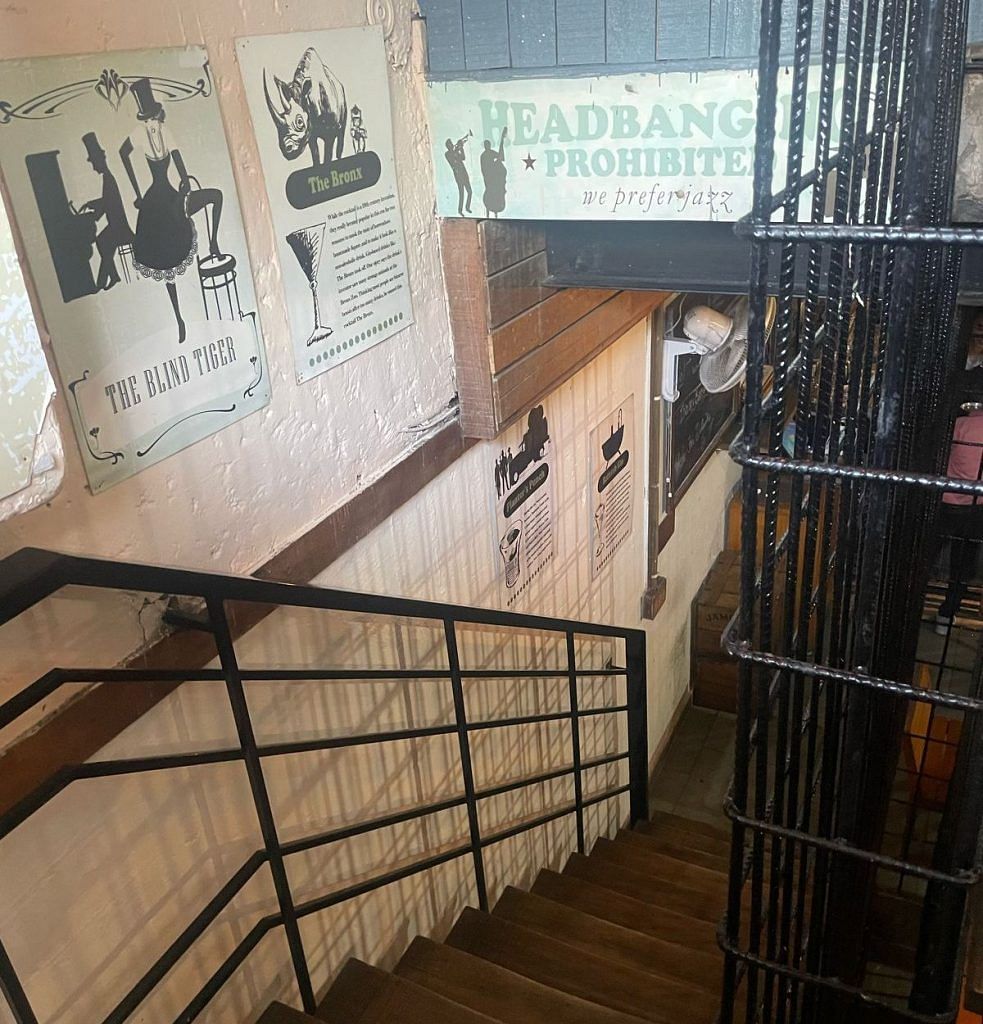
Cocktails & Dreams is literally underground, tucked away in a basement. It’s deliberately seedy with a shaky wooden staircase and black-painted grilles. The warm cosy space is a step back in time to 1920s New York —a world away from Gurugram’s gleaming aspirations. A framed cutting of The Mirror, dated December 5, 1933, declares: ‘Prohibition ends at last.’
“It was designed to bring Toby Keith’s song I Love This Bar to life,” said Lama, who recently won the international Roku Industry Icon Award 2024. “That was the vision I gave my architect 12 years ago. I have not renovated even an inch of this speakeasy. If I change, I am afraid people will not show up.” The prohibition theme runs deep, with artwork and sketches of bootleggers, moonshiners, and gangsters.
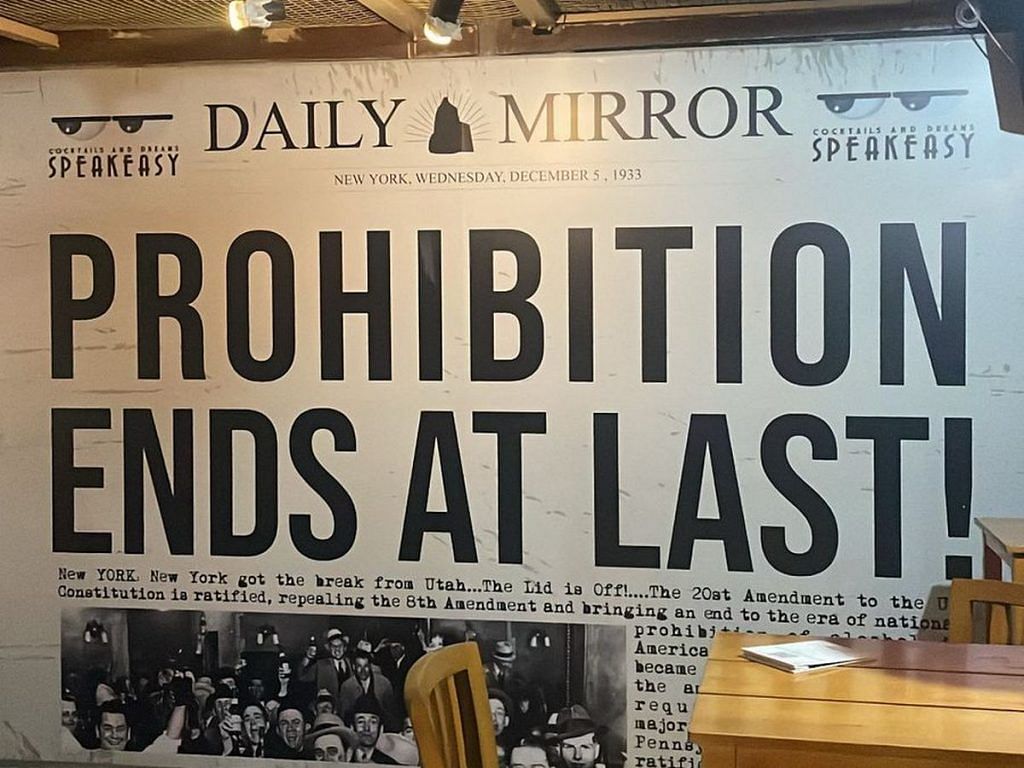
A month before C&D opened, another speakeasy was making waves—Pass Code (PCO), the first in India to rank 12th on India’s 30 Best Bars 2023 and 54th on Asia’s 50 Best Bars 2022.
The only sign of its existence is a glass panel door leading to a tiny antechamber. Punch in a secret passcode, and the hidden door opens to a vintage bar with a bookshelf, quirky posters, and a winding staircase leading to multiple levels.
“I used to get calls at 2:30 am asking for the passcode, but now we share it through a broadcast group every week,” said co-founder Rakshay Dhariwal.
Interior designer Anica Kochhar described the design of PCO as “challenging and an opportunity to shine”. The whole concept of a speakeasy, Kochhar explained, is based on using neglected spaces to create hidden bars.
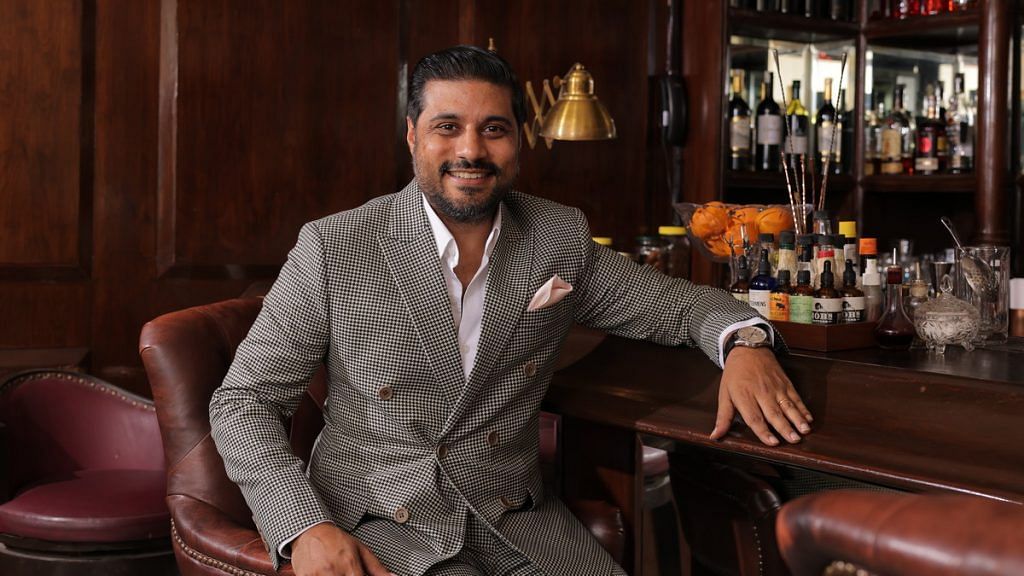
“A lot of them were traditionally factories, theatres, warehouses, or even people’s living rooms. So, the style of a speakeasy cannot be defined by a particular style,” she said. Kochhar opted for bold geometry and a layered aesthetic with deep colours, rich leather work and Prohibition Era art.
Then there’s the leather-walled Director’s Room at PCO. Much like Margaret’s Eye, it’s a secret within a secret — a bar where bartender Immanuel crafts bespoke drinks tailored to guests’ moods. There isn’t any menu. Every drink is priced at Rs 1,500. Guests are are offered five ‘mood postcards’— beach, party, mountains, and so on. And then it’s up to Immanuel. For someone who picks ‘beach’, he says he likes to prepare a gimlet with gin, lemon curd, and lime coral.
Craft cocktails—chyavanprash to sushi
The tradition of mixing or diluting alcohol with fruit juice and bitters accelerated during the Prohibition era to mask the harshness of often homemade spirits. With liquor being smuggled in large quantities, the focus shifted from quality to sheer volume.
“The market was flooded with crude gin and whiskey, and to make these spirits more palatable, bartenders started adding juices, sugar, and lime,” Lama explained.
In India, bartenders and mixologists are tailoring drinks to suit the Indian palate. C&D’s Foghorn is more than just gin, ginger ale, and lime. Lama’s twist is a sprinkle of gingerbread and fresh ginger juice.
“The Indian palate is well-accustomed to ginger; they love a bold, gingery flavour,” said Lama.
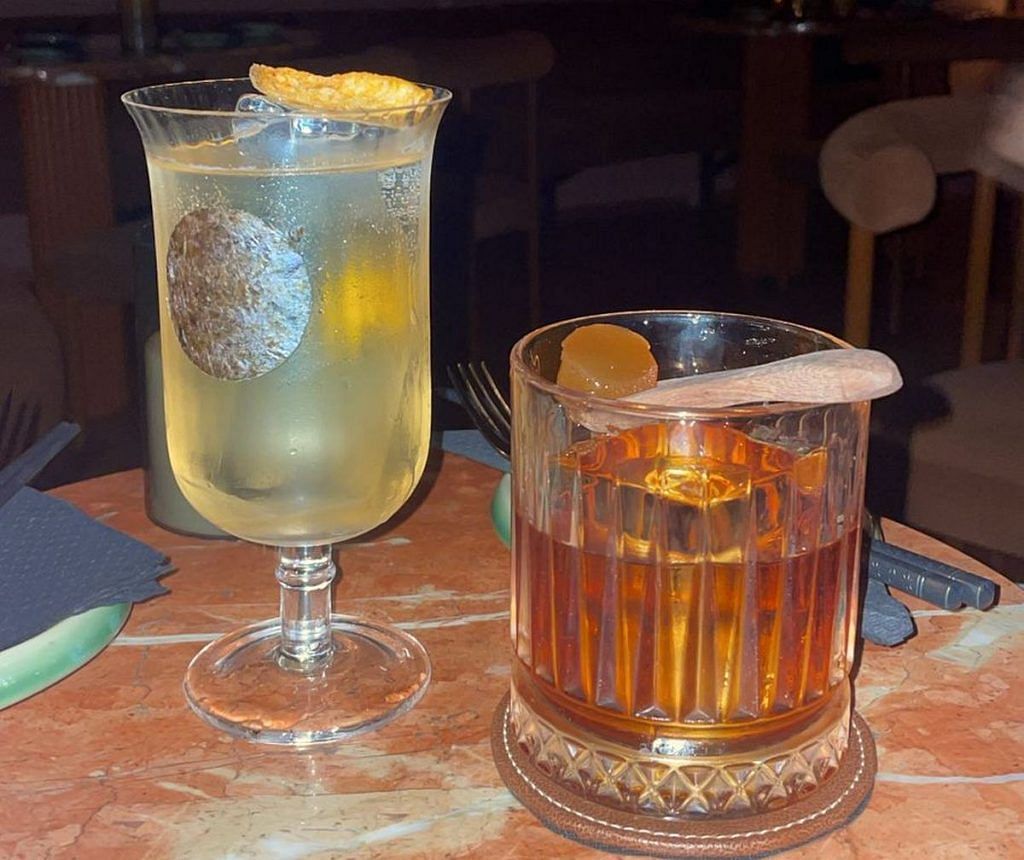
At PCO, the cocktail menu comes rolled in a leather scroll, featuring Rushil Bhatnagar’s artwork of the ‘forbidden’ ingredients in each drink—ketchup, Chyavanprash, coconut, MSG, raw milk, bubble gum, poppy seed, tobacco, Kinder Egg chocolate, porcini mushroom hydrosol, and agar-washed apple juice.
Chyavanprash gets the biggest reactions. Lama uses it to make ‘Ignorance is Bliss’—a Manhattan with a twist. He sous-vides bourbon with 100 grams of Chyavanprash, then finishes the drink with coffee beans infused with sweet vermouth.
“It’s weird, sure but it’s different. I am actually tired of Negronis and Old Fashions,” a customer said.
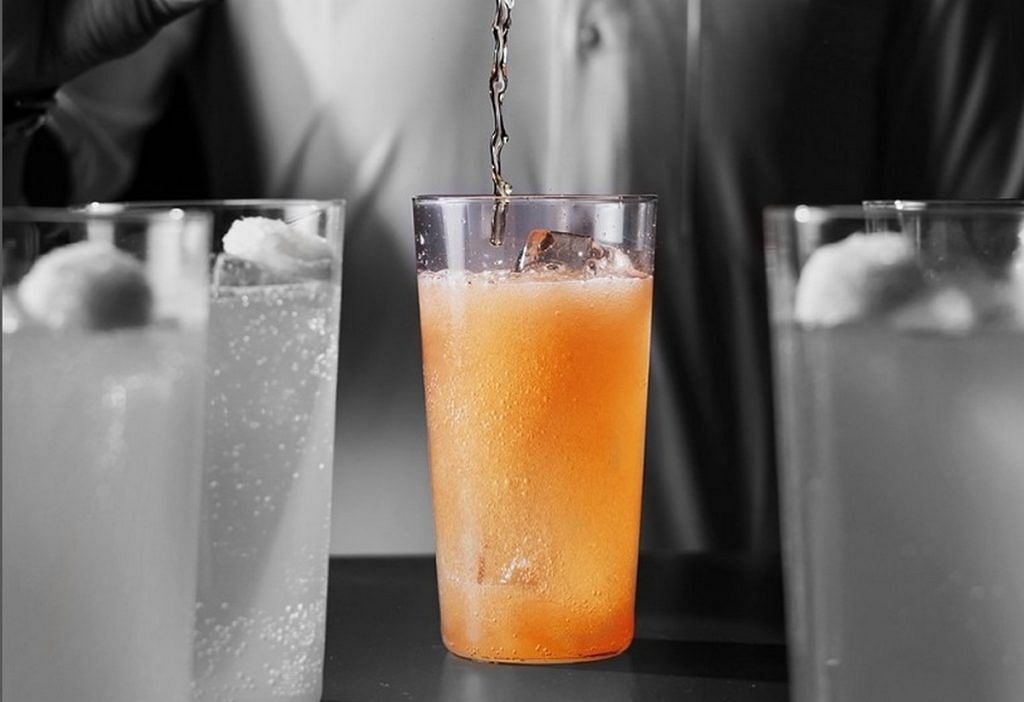
At SONO, Pahuja skips the Prohibition theme for a Delhi-meets-Tokyo vibe. Ingredients like yuzu, miso, wasabi, and sesame nod to Japanese culture. The signature cocktail, ‘Weird Sushi,’ is served with a nori sheet on the glass. Sweet and savoury notes play together, while the scent of sushi ties everything together.
“Prohibition cocktails have been done to death,” said Pahuja who wanted to set SONO apart from the old guards. “London has a mango lassi cocktail. Thailand has a biryani cocktail. And, they are all exceptional. If they can do it, so can we.”
And at Margaret’s Eye, the three women bartenders command attention. One of them skilfully pours a ‘Carrot’, a rum-based cocktail infused with cream cheese, almond, lime, and mint air, then slides it across to the woman sitting on the other side of the bar.
Outside at Hoots’, Namita Thappar (29) from Vasant Vihar, stops by on her way from work. It’s become a part of her routine.
“Speakeasies have become women’s best friends,” she said, listing three reasons: “Safety, secrecy, and subtlety.” For her, Hoots’ is a refuge—a space where she feels at ease.
“I’m not comfortable sitting alone in restaurants—they’re intimidating—or in clubs, which are scary.”
Also Read: Delhi’s Majnu Ka Tila has an Italian connection. First of its kind beer gelato in NCR
Cocktail dreams, curry demands
Every city should have a great neighbourhood speakeasy, but none have quite matched Delhi NCR’s vibe, said Bishnoy. For him, it easily outshines Bengaluru and Mumbai.
While Bengaluru may have ZLB23 at The Leela Palace, it’s still a “beer-run place”, according to him. He predicts that speakeasies will finally rise in the city only if and when people tire of beer. “And Mumbai has an image of being loud, modern, and focused on large-scale formats,” he said.
But even in Delhi NCR most entrepreneurs and restaurateurs are risk averse.
“Getting a license isn’t easy. Running a bar isn’t easy. And the taxes! Surviving in this industry is a constant struggle. Only a few have managed to stay afloat,” he added.
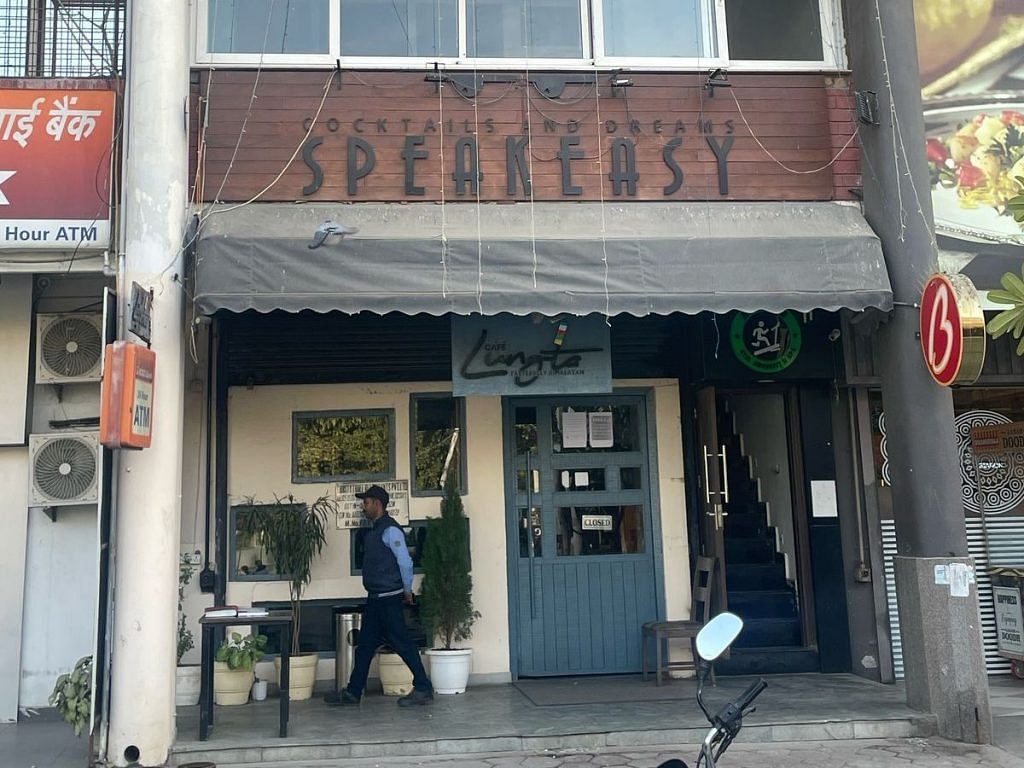
And Delhi’s speakeasies are hamstrung by the fact that they cannot operate in a salon, apartment, or grocery store because of stringent liquor licence rules. Pahuja dreams of opening a speakeasy inside an ice cream shop, but for now, he’s busy fending off demands for more robust food on the menu. It’s an issue for Bishnoy as well, with both insisting that speakeasies were never meant to be dining spaces.
“Speakeasies are mixologist-driven spaces, not chef-driven ones,” Pahuja said. “We serve bar bites, not full meals.”
PCO has succumbed to a degree—offering 27 appetizers—but they draw the line at main courses.
Crowd management is another challenge. With seating capped at 15 to 30 people, with a maximum of 60, floor managers have to constantly dissuade patrons from standing around the bar.
Hoots’ regular Thappar has been watching Delhi’s cocktail culture evolve and has noticed the ongoing tussle between speakeasies and their patrons.
“Either speakeasies will transform the way Delhi eats and drinks, or they’ll fade into a passing trend, leaving just one or two left standing,” she said. “If that happens, it would be a real shame”


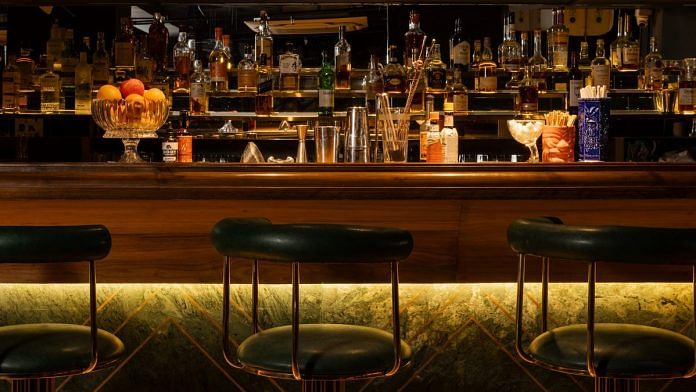


Ms. Triya Gulati’s obsession with Delhi is fast turning into a nightmare with such idiotic articles.